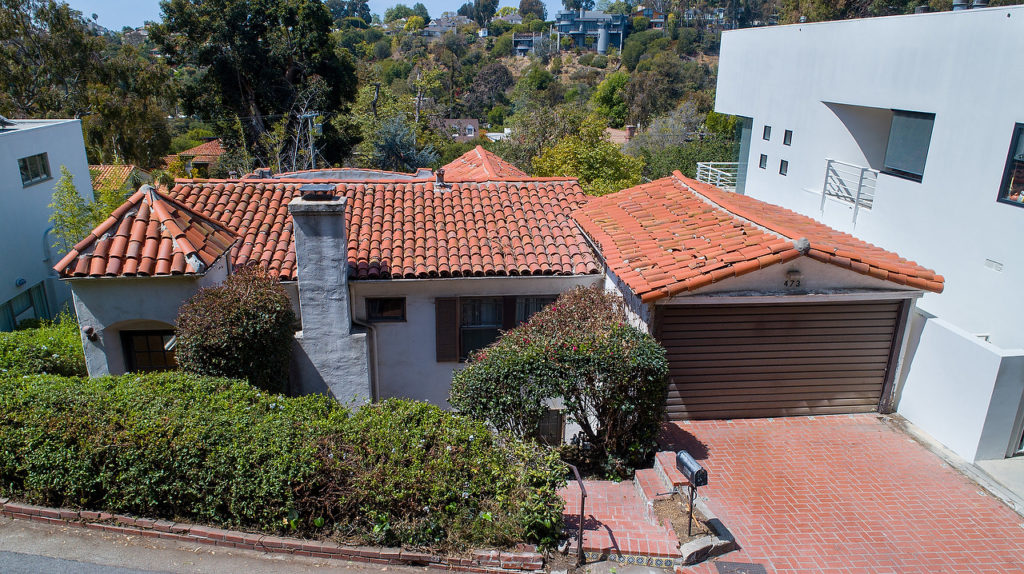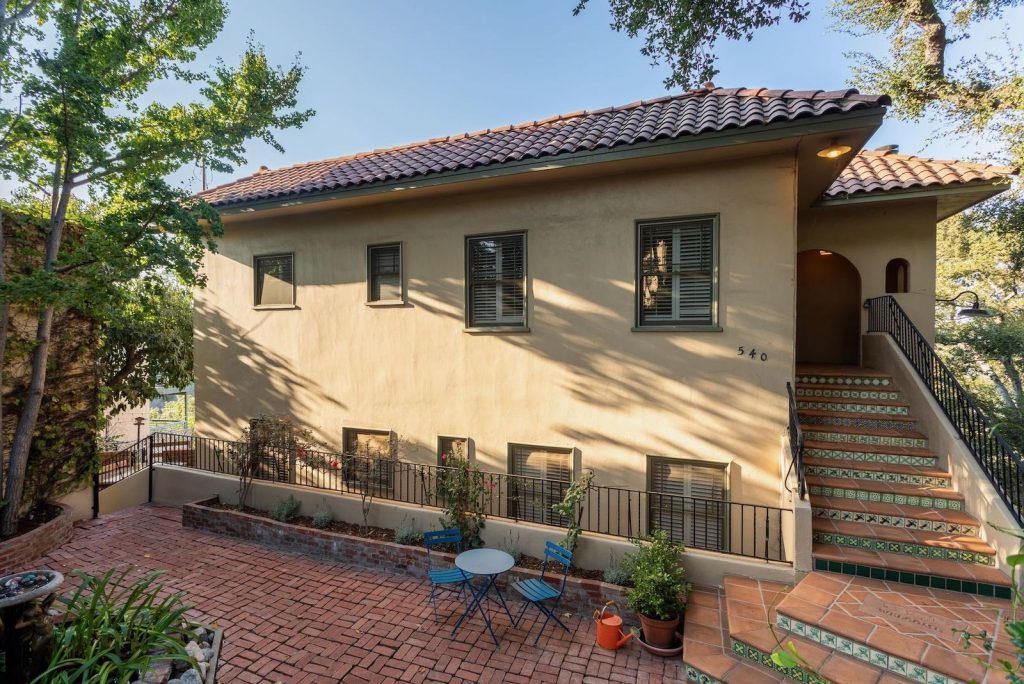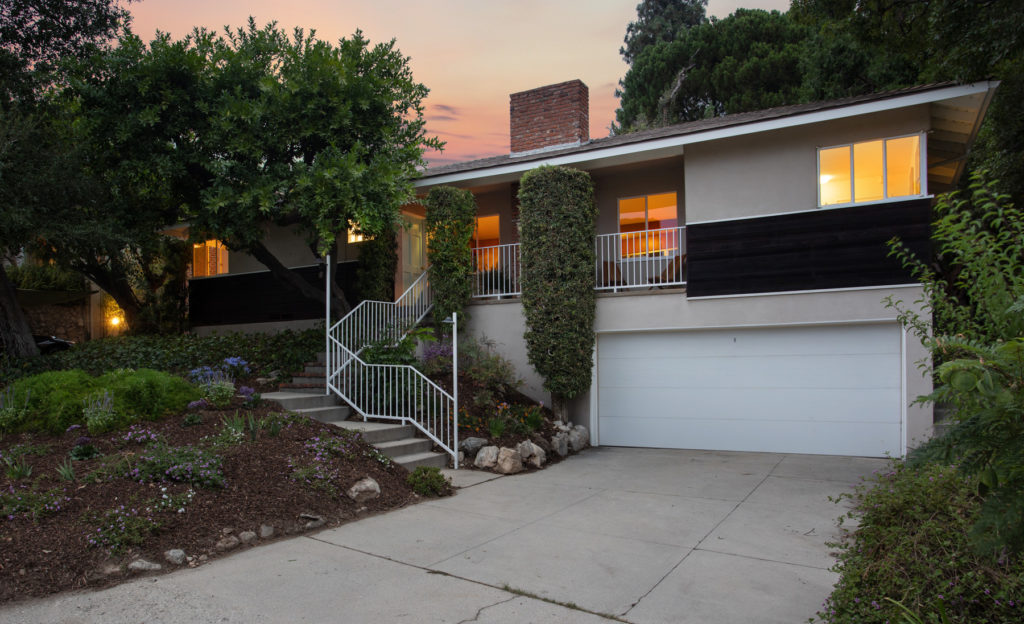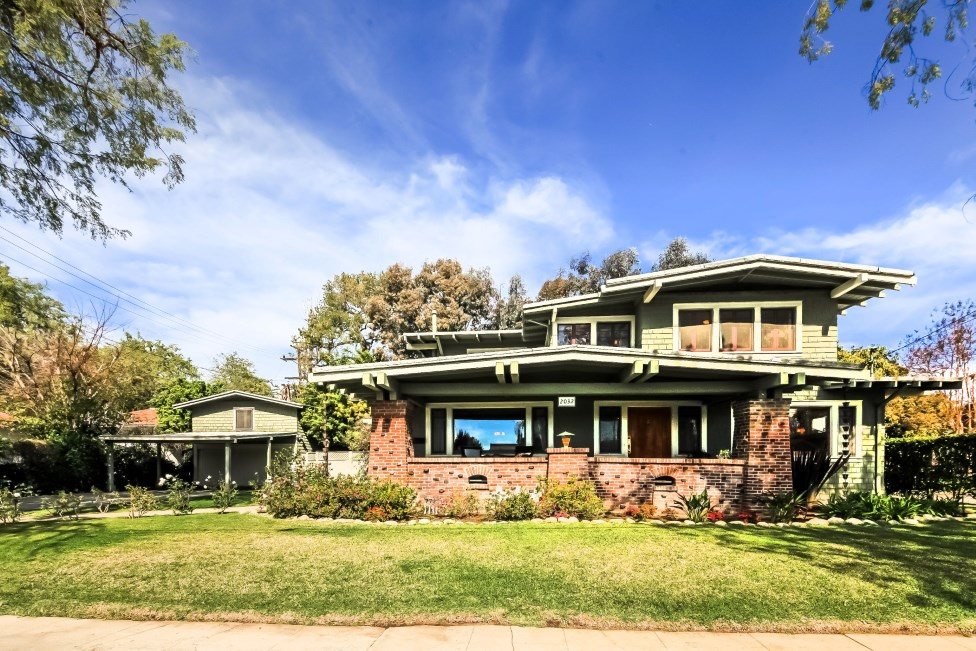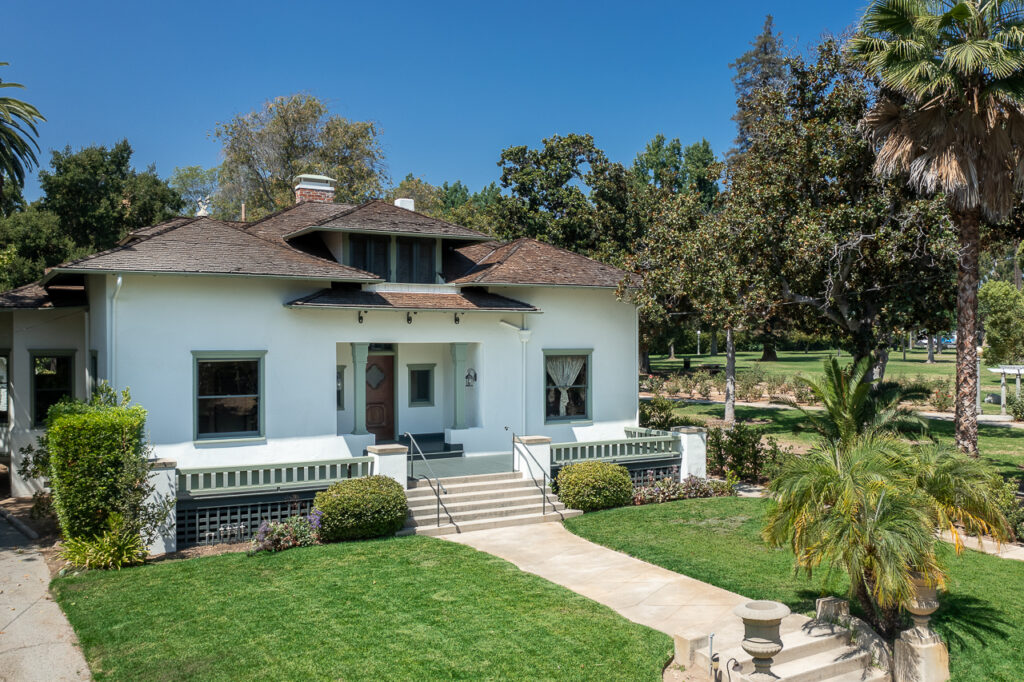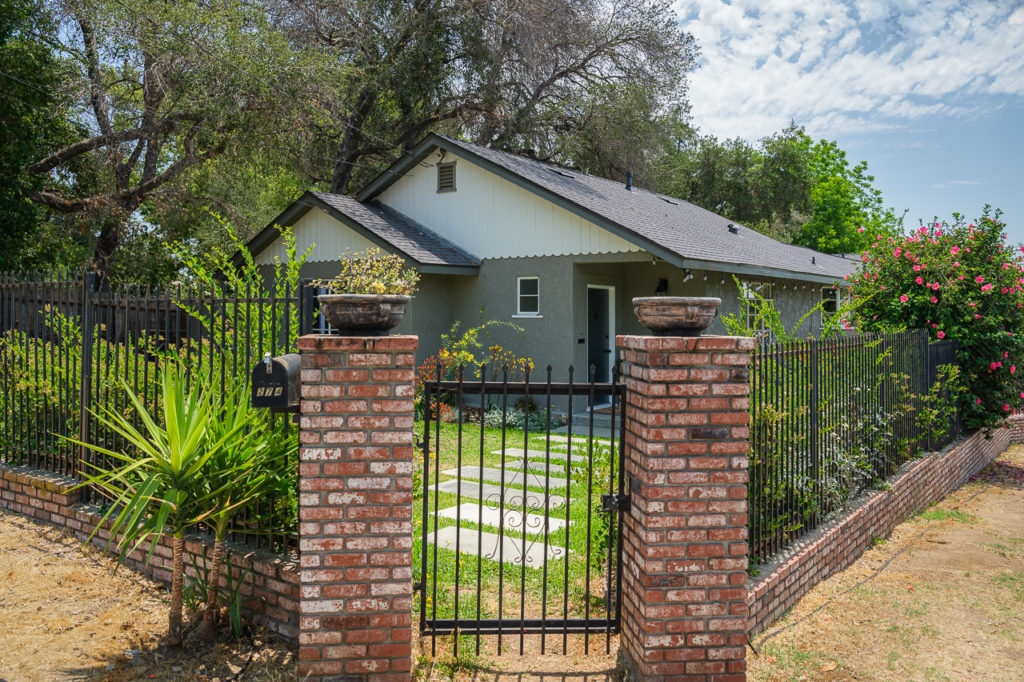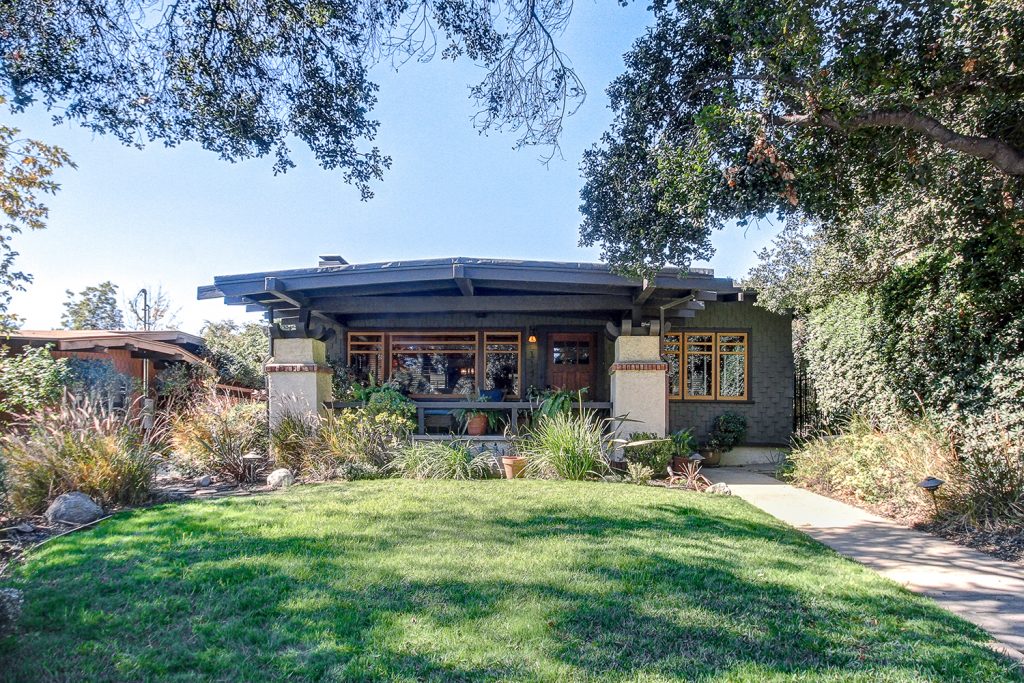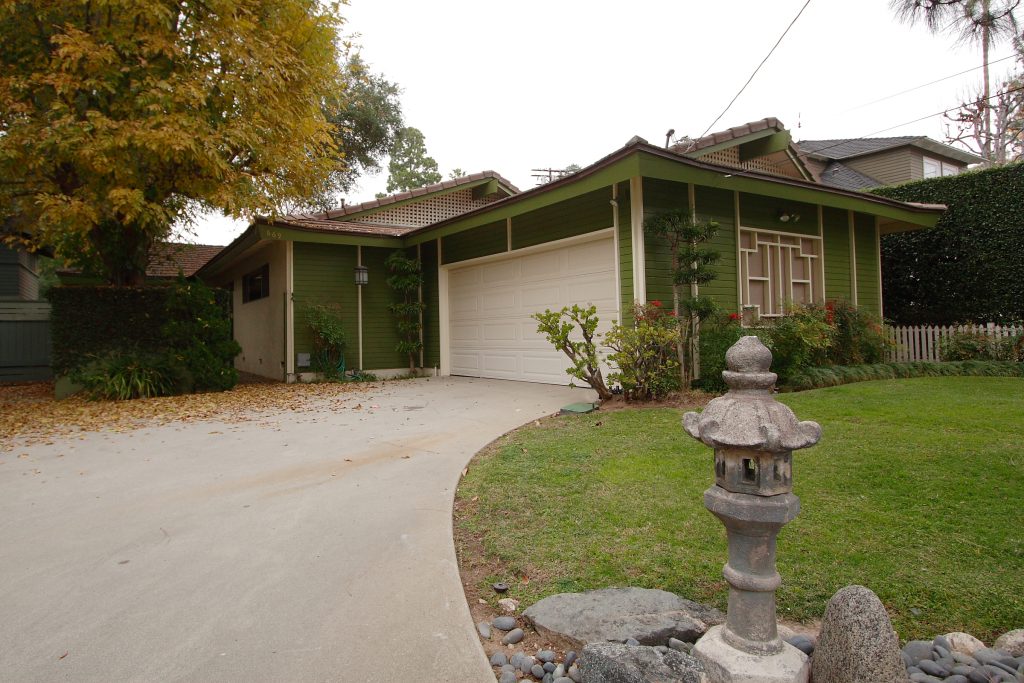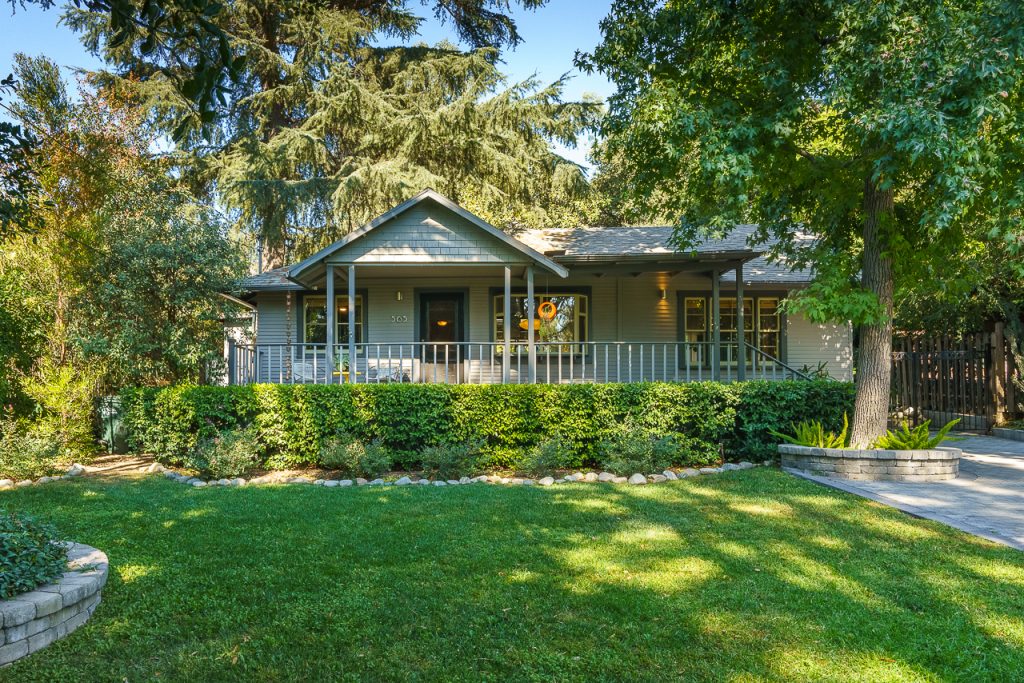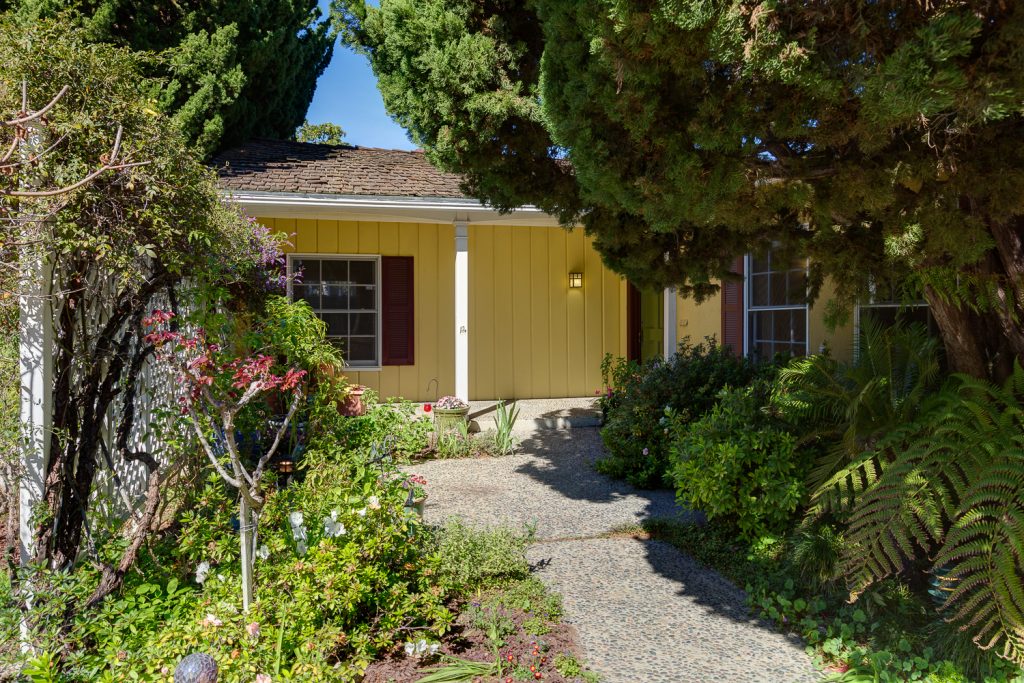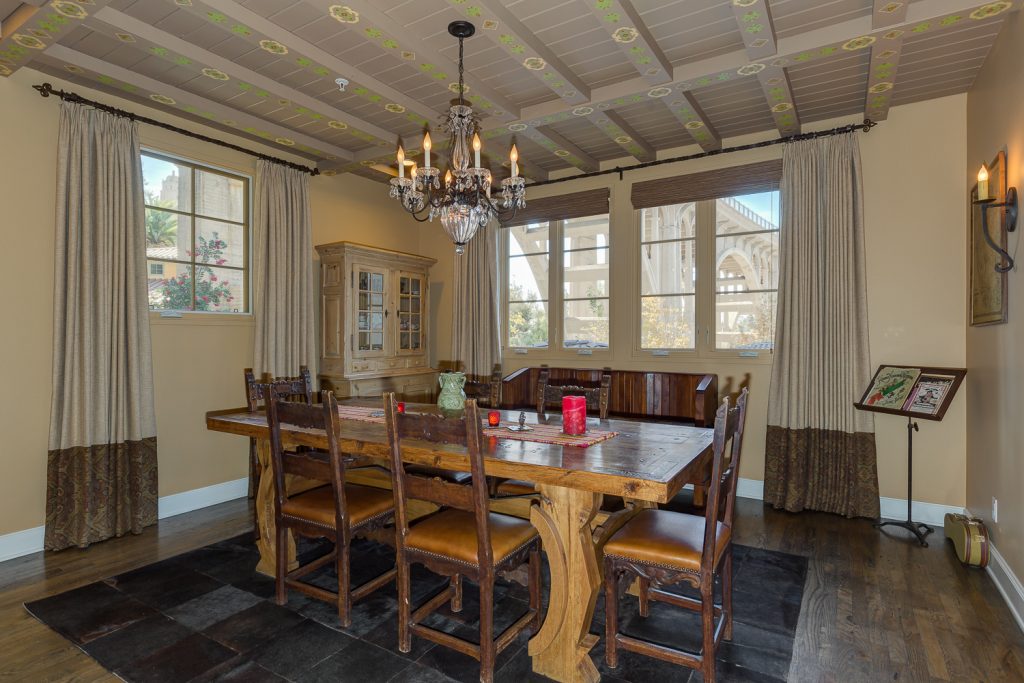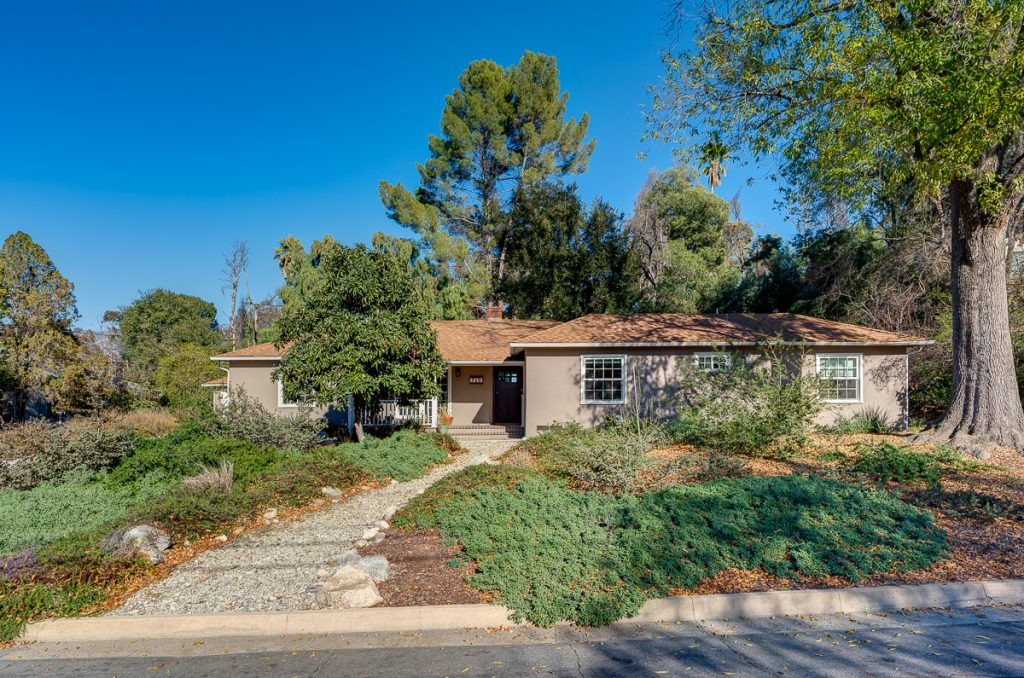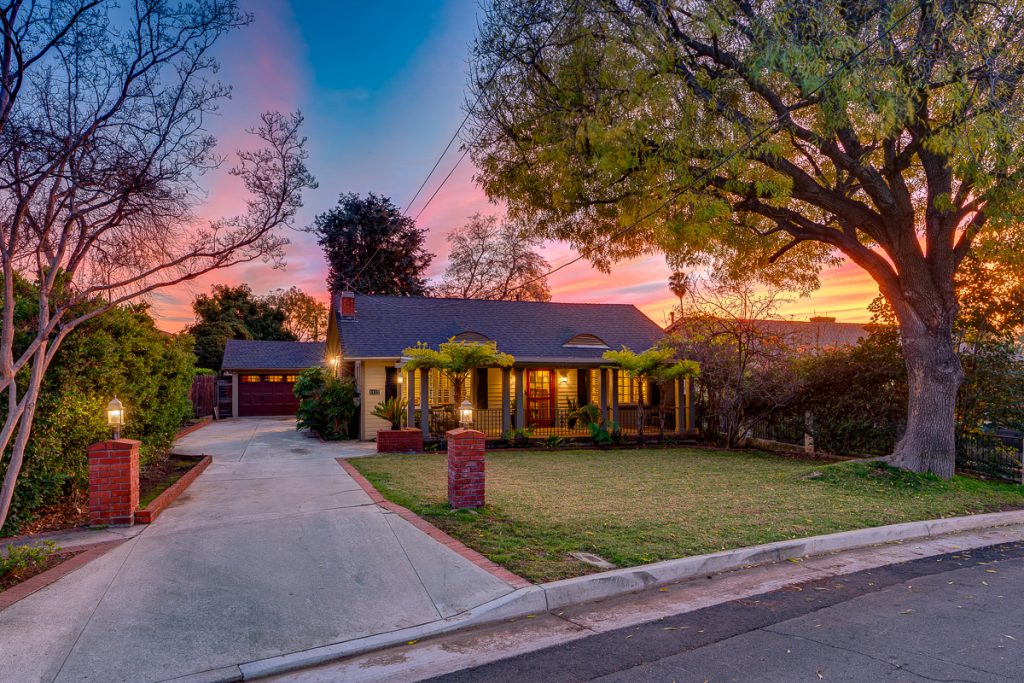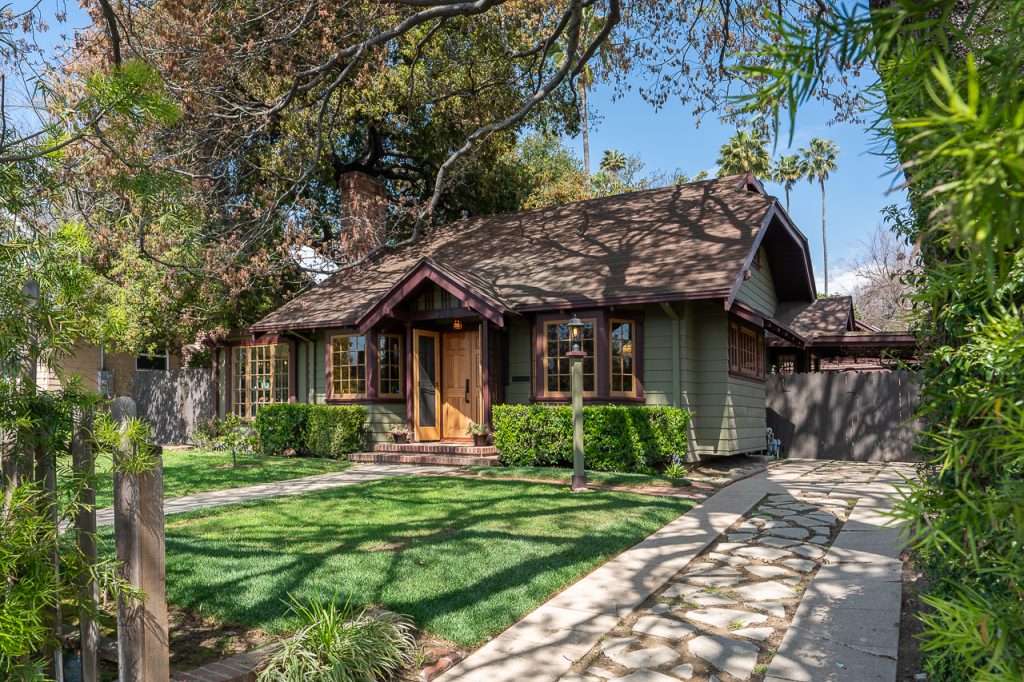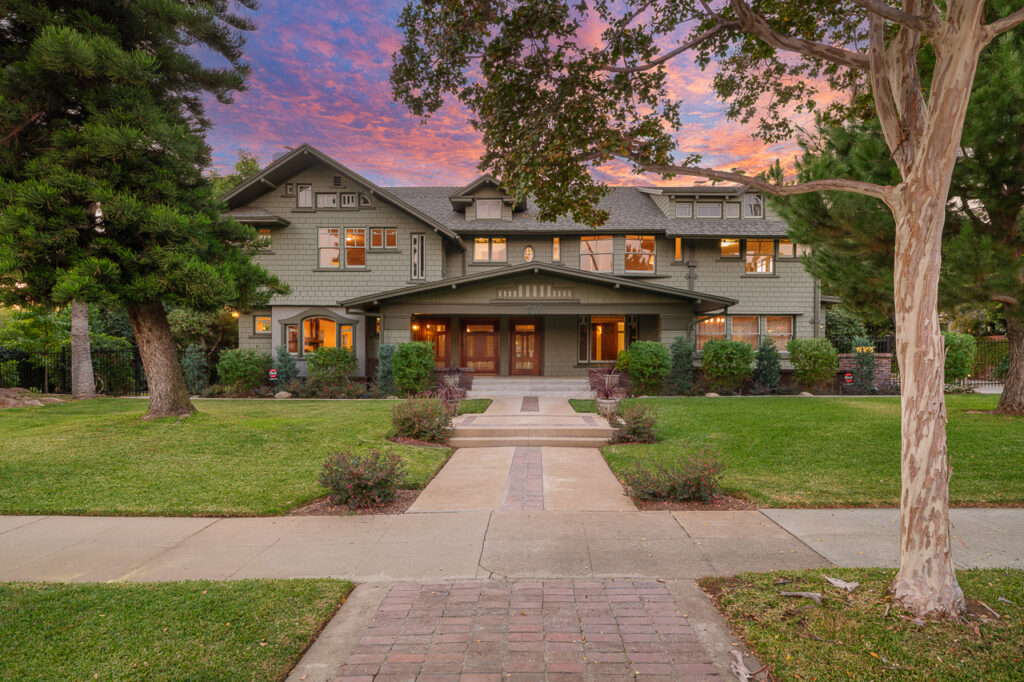Coldwell Banker
388 S. Lake Avenue,
Pasadena, CA 91101
office: 626.797.6500
Email: [email protected]
Getting a Mortgage Before the Door Shuts
If you have been sitting on the fence trying to decide whether to buy a new house or refinance a mortgage, you should act soon. New loans are starting to get costlier.
The mortgage market is facing pressures from new laws and regulations, still-declining home prices and the ongoing need for government-owned mortgage players to shore up their finances. The Mortgage Bankers Association predicts mortgage originations, which reached $3 trillion in 2005, will be less than $1 trillion this year, the lowest level since 1997.
“The price of mortgage money is going to go up, and the availability of mortgage money may also be impinged,” says Keith Gumbinger, vice president at HSH Associates, which tracks mortgage data.
The silver lining is that the rate for a 30-year fixed loan is hovering around 5% for those with good credit. That is up about a percentage point from last year’s lows but is still an attractive rate by historical standards, though expected to keep climbing as the economy improves.
Home prices in some areas are still falling, but they are bottoming out or firming up in others. It may not be the perfect time to buy a home—but better mortgage options today may be a worthy trade-off to the possibility of lower prices tomorrow.
Still not convinced? Consider the following:
Neither Fannie nor Freddie have been assessing fees on most loans for borrowers with credit scores above 720, even if the down payment was small. But citing a need to address risk and price their services appropriately, they will assess a fee of 0.25% to 0.5% of the loan value on borrowers with credit scores of 720 or higher who put down less than 25% of the purchase amount. The current fee for those with credit scores of 700 to 719 who put down less than 20% of the purchase price will double to a full percentage point of the loan value from half a point.
Brokers expect the higher fees will translate into slightly higher mortgage rates.
In addition, the Federal Housing Administration, saying it needs to bolster its capital reserves, is raising its required annual mortgage-insurance premium for FHA loans by 0.25% of the loan value. As a result, FHA loans—which are aimed at first-time home buyers and those with moderate incomes—will include an upfront mortgage insurance payment of 1% of the loan amount and an annual premium of 1.1% to 1.15% when the increase goes into effect on April 18.
For regular loans, private mortgage insurance—which is required when you put down less than 20% of the home’s value—is tougher to get than it once was. Generally, it is available only for buyers who make a down payment of at least 5% and have a credit score of 700 or higher.
The new rules, which limit the kinds of compensation brokers can receive, have brokers in a tizzy. The brokers claim the changes will raise mortgage costs and put some of them out of business, shrinking the market. How it will play out isn’t clear, but given both the changes and the Fannie and Freddie pricing, mortgage prices may vary more than usual, say those in the industry—making it wise for borrowers to shop for rates even more aggressively.
In addition, the administration recommended letting Fannie and Freddie loan limits for high-cost areas fall back to $625,500. The limits were temporarily increased to $729,750 in 2008 when the market for “jumbo” loans—those above the loan limits—all but disappeared, and that increase is now scheduled to expire Sept. 30. (The $417,000 loan limit for homes in most other markets would remain the same.)
What those proposals will mean depends on where you live. In Manhattan, where the average home price is still around $1 million, a drop in the loan limit means more buyers will need jumbo mortgages, says Melissa Cohn, CEO of Manhattan Mortgage Co. Those currently have rates that are about half a percentage point higher than conventional loans.
Richard Peek, president of the Florida Association of Mortgage Professionals, says much of his business right now is in FHA loans, which allow down payments of as little as 3.5%. Requiring a 10% down payment, he says, would put homes out of reach for many Florida customers.


